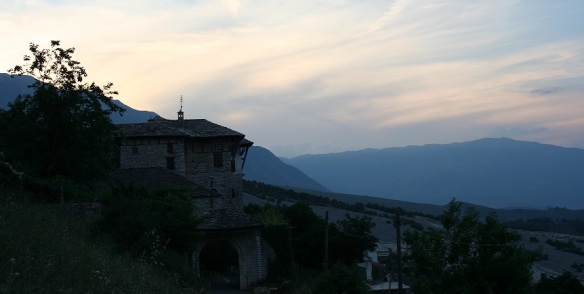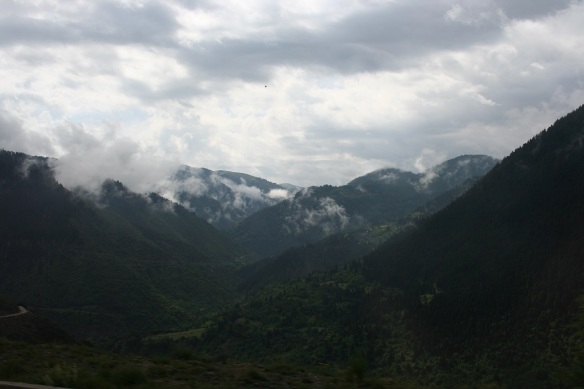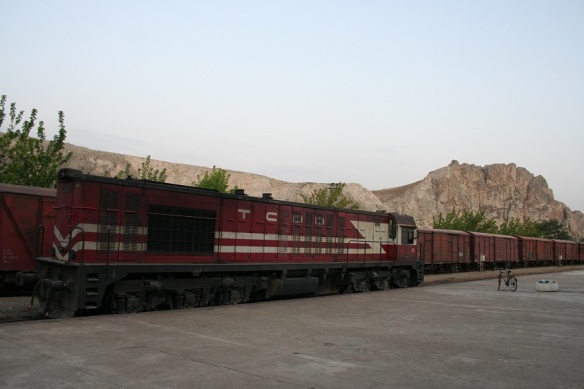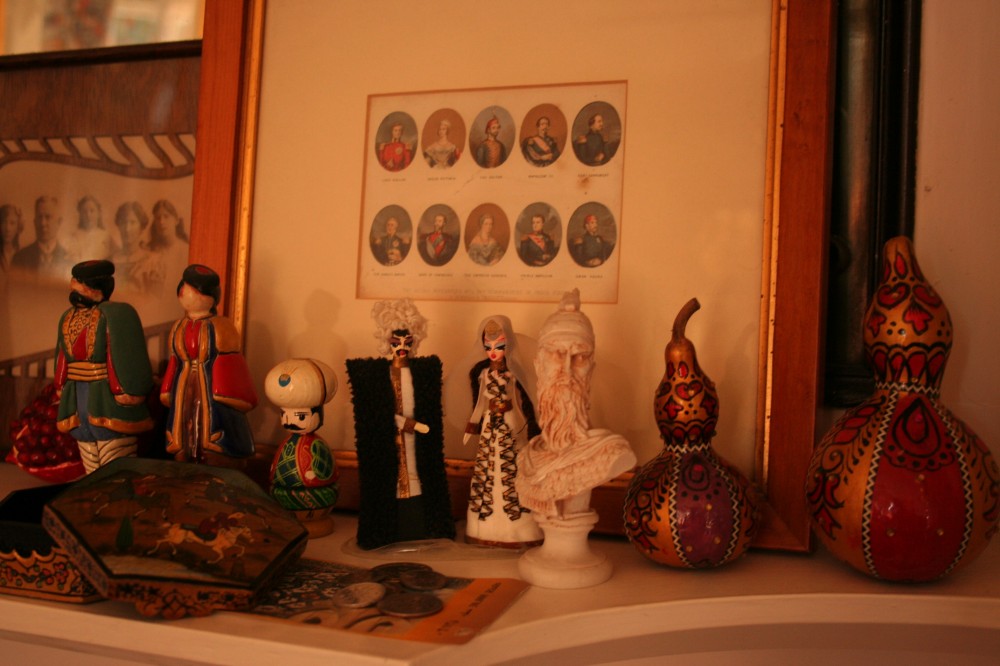
Gjirokastra, Albania, 2008
In a world currently in flux, where great numbers of people are afoot, there is much talk of borders.
Various voices in New Europe (!), claiming to be acting to preserve their identity, by which they presumably mean Christian identity, appear intent on closing borders to those fleeing unspeakable horrors in Syria and elsewhere. Fences bristling with razor wire are being erected.
In Australia, a land/continent/nation-state that is, as our national anthem tells us, girt by sea, there has long been talk of border security. A pernicious euphemism that is now routinely trotted out to disguise acts of bastardry under a cloak of national interest.
But borders are like rules: they are made to be transgressed.
As the great anthropologist James Clifford argues:
“Borders are never walls that can’t be crossed, borders are always lines selectively crossed: there’s a simultaneous management of borders and a process of subversion. There are always smugglers as well as border police.” [1]

Through the mountains to Ioannina, Epirus, Greece, 2008
And where borders are transgressed, exchanges take place. The French academic Beatrice Hibou observes:
“Difference, not homogeneity, is what makes for the richness of exchange. Borders create opportunities; they are not simply sites of separation or obstacle points.” [2]
For me, borders are always a moment of trepidation, but also exhilaration. I remember new adventures arising as I crossed: Georgia-Armenia, Croatia-Bosnia, Croatia-Montenegro, Albania-Greece, Turkey-Iran, Turkey-Syria, Spain-Morocco. And at those I by-passed, skirted, like China-Tajikistan, China-Afghanistan, a sense of wondering at the adventures that beckoned…
Reşat Kasaba reminds us that borders are relatively modern inventions. In days past there were the seats of emperors and kings, but in between were the marches…
“Ottoman expansion involved the conquest of a series of castles, major towns, and crucial waterways and passes. Beyond these, one would be hard-pressed to find any indication of where the Ottoman lands ended. There were no border posts or barbed wires that separated the Ottoman Empire from its neighbours, and one certainly did not need a passport to travel to and from the territories of the surrounding states.” [3]

Van railway station, en route to Iran, 2008
And across the marches, these ill-defined nowhere-lands, moved a multitude of people, facilitating exchange, trade, cultural cross-pollination, the lifeblood of human progress and endeavour.
“In addition to nomads… hundreds of itinerant merchants constantly crisscrossed the border areas and kept the Ottoman Empire always linked to its neighbours and to the world at large.
“Within the context of Ottoman expansion, it became quite typical for the nomadic tribes who populated the border regions of the empire to form a human link between the Ottoman heartlands and other places that were under the control of neighbouring states. Their vast arcs of migration extended to hundreds if not thousands of miles and frequently went right through the frontier regions.
“In an alternative portrayal that did not privilege stasis but focused on groups such as nomads, itinerant traders and migrant workers who routinely transgressed these lines of demarcation, the border zones would appear more as areas that connected the Ottoman Empire with other parts of Asia, Europe and Africa and not as barriers that separated these lands from each other.” [4]
[1] Clifford, James, On the edges of anthropology, (Chicago: Prickly Paradigm Press) 2003, p.59
[2] Hibou, Beatrice, “Conclusion”, in Joel Migdal (ed) Boundaries and Belonging (Cambridge University Press) 2004, p.355
[3] Kasaba, Reşat, “Do states always favour stasis?” in Joel Migdal (ed), Boundaries and Belonging, (Cambridge University Press) 2004, p.29
[4] ibid, pp.30-1
